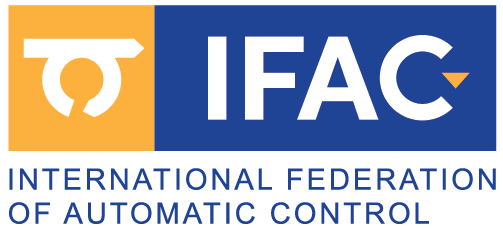Two new Open Invited Tracks are now available: Powertrain systems: modeling, control and optimization and Managing systems lifecycles: projects of systems and services.
Title: Powertrain systems: modeling, control and optimization
Track proposed by: Simona Onori, Lars Eriksson
Abstract: The automotive industry is striving to reduce the engine fuel consumption and emissions in response to the more and more stringent government mandates and customers demand for fuel efficient vehicles. The vehicles in use today are predominantly powered by Internal combustions engines, but more hybrid electric vehicles, extended range and full electric vehicles are being seen on the road. The penetration of these new technologies helps improve energy diversity, which adds security and leads to cleaner utilization of energy. One of the main challenges currently faced by control engineers is the lack of availability of control-oriented models that can be used to carry out the control and/or optimization design making the modeling and simulation an integral part of the control design phase. Therefore, the development of control-oriented models and their use in model-based optimization and control design tools is critical to ensure that the potential of new engine design concepts can be exploited in full, ultimately resulting into improved fuel economy and reduced emissions. The challenge is to economically meet these regulations without compromising on customer satisfaction. These control challenges include optimizing the use of existing hardware by applying advanced model-based control techniques and by taking advantage of new actuation and sensing capabilities. The objective of this open invited track is to gather representatives from academia and industry to share and discuss ideas on the state of the art, novel theoretical approaches, within the area of modeling, control, and optimization of powertrain systems and components. To thisextent, we expect this invited open track to attract contributions in the field of modeling, design, optimization, estimation, diagnostics, with applications toautomotive and transportation systems, such as: Engine/Powertrain Systems, Exhaust Emission Aftertreatment Systems, Alternative Fuels/Advanced Combustion Modes, Energy Conversion, Waste Heat Recovery, Hybrid Propulsion, and Energy Storage Systems.
Title: Managing systems lifecycles: projects of systems and services re-design and upgrade
Track proposed by: Marc Zolghadri, Emmanuel Caillaud, Claude Baron
Abstract: Throughout the systems lifecycle, designers have to deal with redesigning or upgrading existing systems in order to cope with new structural or functional requirements (integration of new technologies, rules or constraints e.g. environmental legislations) or customers’ needs and expectations. This means that the system performance had been below the acceptance levels. The re-design or upgrade design activities must therefore take account of the target performance. The redesign and upgrade of systems can be studied from a management point of view. The total or partial redesign or upgrade of systems and services they offer need to follow rigorous approaches to minimize non-value modifications. This means that designers must be able to set performance targets on both the system and the project to lead efficiently redesign or upgrade of the system to minimize time-to-market. The redesign and upgrade project should also be controlled thoroughly during its run. From a more technical perspective, the redesign or upgrading activities deal with existing system’s sub-systems (i.e. modules or components) mapped to functions with measurable performances. This leads to the definition of hard and soft constraints that englobe the run of the frozen subsystems while allowing improvements of modifiable subsystems. The interfaces between frozen and modifiable parts should also be designed and implemented without alteration of performance of the global system. Nevertheless, even though various systems do have similarities, they have profound differences too. Improving or upgrading a train, an airplane or a workshop of a plant is different from computer or car redesign because it deals with every single operational instances in the first cases (with their own specificities) while in the second case, a new generation of systems is redesigned. Redesign and upgrading activities concern then on system’s instance, family or versions. This session would cover:
- theoretical studies about re-design, upgrading
- case studies of re-design upgrading,
- data/knowledge management throughout the lifecycles
- design for upgradability
- lifecycles management
- decision support system
- systems engineering and project management practices alignment






























